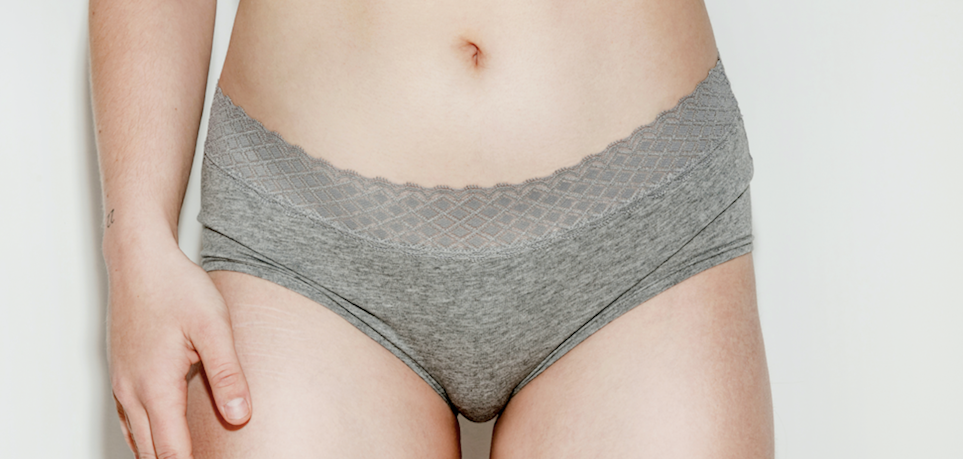Vaginal Exercises

KEGEL CORRECTLY, KEGEL CONFIDENTLY
Guest post by from The Vagina Coach - MP Edition 033
How to strengthen vaginal muscles
It’s known that when you work out, your muscles become stronger, and your pelvic floor muscles are no exception. This group of muscles supports your internal organs, helps stabilize the spine and pelvis, as well as controls your continence. They're also an essential part of your sexual satisfaction.
If you’re thinking you don’t know where your pelvic floor muscles are, think about when you really have to go but there is no bathroom available. Your pelvic floor muscles are helping prevent urine from coming out when you aren’t sitting on the toilet.
When your pelvic floor muscles are weak, you may notice symptoms such as:
- Accidentally leaking urine or passing wind
- Experiencing pain during sex or a lack of sensation
- Feeling pressure or pain in your pelvis
So what weakens these muscles?
Many things can influence the pelvic floor and contribute to it being able to do its many jobs…or not. Posture and lifestyle habits play a role but probably the biggest contributors to pelvic floor challenges are pregnancy and childbirth, even cesarean births.
But the good news is that many of the challenges can be avoided, minimized, or even eliminated with the right awareness and exercise. There are some super easy pelvic floor exercises that you can do to improve tone and response.
Kegel exercises
Kegel exercises are probably the most commonly-prescribed exercise to strengthen your pelvic floor muscles but they are rarely taught so most women are doing them incorrectly and thinking they don’t work.
There are many benefits to kegel exercise when done correctly:
- Reduces or eliminates stress urinary incontinence
- Improves your sexual life and potentially improves orgasms
- Supports your bladder, rectum, and uterus
- Reduces or eliminates low back pain
Kegel exercise tips:
Kegels work when done correctly, consistently, and coordinated with movement.
- Start by seeing a pelvic floor physiotherapist
- Find a good visualization to help you activate the pelvic floor and not rely on the inner thighs or glutes
- Learn to coordinate your kegels with your breath – inhale and imagine blossoming your vulva then exhale and imagine picking up a blueberry with your vagina and anus
- Practice your kegels with movement
The beauty of kegel exercises is that you can do them discreetly just about anytime, anywhere, making it easy to incorporate into your daily routine.
If you don’t have access to a pelvic floor physiotherapist, there are biofeedback devices that can help you learn and do them consistently. The Elvie is a popular one and helps users distinguish between a contract and lift vs bearing down, and it has an engaging platform on an app to help you improve your function.
Exercises that also activate the pelvic floor
There are also a few exercises that you’re probably already doing in your routine that are actually great pelvic floor exercises.
Squats
- Stand with your feet pelvis width apart
- Inhale as you lower yourself into your squat
- Exhale and activate your pelvic floor then rise back up slowly.
Bridges
- Lie down with your knees bent and feet on the floor
- Place a small ball between your knees
- Inhale then exhale to activate your pelvic floor and lift your hips up off the floor.
Letting go
It’s important to remember the letting go part of a kegel. Most people think kegels are just about squeezing but there is actually a lift and a letting go action that makes a kegel complete.
It’s a common misconception that tight is strong. The pursuit of a tight vagina can actually make things worse for women with symptoms of vaginal laxity and urinary incontinence.
Learning to do kegels correctly as well as what aspect you need to focus on is key! Sometimes improved strength and function comes with learning to let go.
About the Author
Kim Vopni is a self professed pelvic health evangelist and is known as The Vagina Coach. She is a certified fitness professional who became passionate about spreading information on pelvic health when she was pregnant with her first child. She is a published author, a passionate speaker and women’s health educator as well as a mom to two boys.
Kim is the founder of Pelvienne Wellness Inc - a company offering pelvic health programs products and coaching for women in pregnancy, motherhood and menopause. She also the creator of the Ab System – a revolutionary birth prep and recovery system for pregnant women. Kim certifies other fitness and movement professionals to work with women with core and pelvic floor challenges through her Core Confidence Specialist Certification and Pre/Postnatal Fitness Specialist Certification.
You can find her on-line at www.vaginacoach.com and www.belliesinc.com and on social media @vaginacoach and @belliesinc



